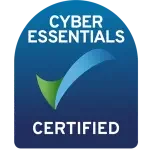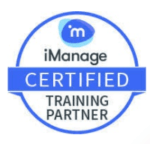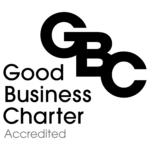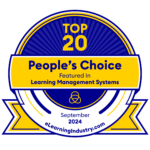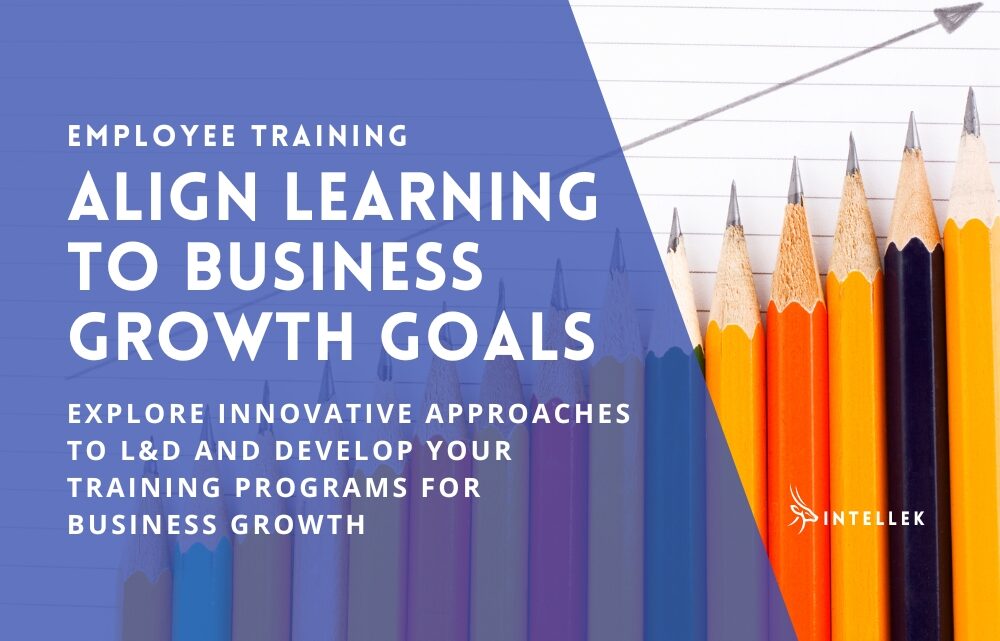
This article explores how organizations can focus on aligning learning with business strategy and unlock employee potential that drives meaningful results. The key to sustained success lies in the alignment of Learning and Development (L&D) strategies with overall business growth objectives.
To do this we’ll delve into innovative approaches like the Learning Transfer Evaluation Model (LTEM) and Action Mapping, which have revolutionized the way companies design, implement, and evaluate their training programs. By the end, you’ll have a clear roadmap to seamlessly integrate L&D initiatives with core business goals and transform your training efforts into powerful drivers of organizational success.
IN THIS ARTICLE...
Misalignment Conundrum: Why Traditional L&D Falls Short
For years, corporate training has been stuck in a rut. Many organizations invest heavily in learning programs, only to find themselves questioning the return on investment of training. The root of this problem often lies in a fundamental misalignment between L&D initiatives and business objectives. Let’s explore why this happens:
Evaluation Error
Traditionally, the effectiveness of learning initiatives has been measured through:
- Learner reactions (Did they enjoy the training?)
- Knowledge acquisition (Can they pass a test?)
- Skill demonstrations in controlled environments
While these metrics provide some insight, they fall short of capturing the true impact of training on business performance. It’s like judging a chef’s skills based solely on how well they can describe a recipe, rather than tasting the final dish.
Disconnect Dilemma
Without a clear link to business goals, L&D efforts can become isolated islands of activity, disconnected from the mainland of organizational priorities. This leads to:
- Wasted resources on irrelevant training
- Difficulty in securing executive buy-in and funding
- A perception that L&D is not adding tangible value to the business
Transfer Trouble
Even when training seems successful in the classroom or e-learning environment, there’s often a significant gap between learning and application. Employees may acquire new knowledge but struggle to translate it into improved on-the-job performance. This failure in knowledge transfer can significantly impact the effectiveness of training in a business setting.
Bridge the Gap: Align Learning Strategies to Business Goals
To overcome these challenges and unlock employee success, organizations need to adopt a more strategic approach to L&D and align learning strategies to business goals. Here’s how to use Action Mapping and design your learning initiatives for business growth:
Start at the End: Identify Business Goals and Metrics
Before designing any training program, clearly define the business goals you want to achieve. These should be:
- SMART (Specific, Measurable, Achievable, Relevant, and Time-Bound)
- Aligned with organizational priorities
- Tied to tangible business metrics
For example, instead of a vague goal like “improve customer service,” aim for something like “reduce customer complaint resolution time by 25% within six months.”
Map Performance Requirements
Once you’ve identified your business goals, work backward to determine the specific job performances or observable actions that employees need to exhibit to achieve those goals. This step helps you focus on the critical behaviors that drive business success.
Conduct a Cause Analysis
For each performance requirement, analyze the potential causes or barriers that might prevent employees from exhibiting the desired behaviors. This step is crucial for addressing root causes rather than just symptoms. Consider factors like:
- Lack of knowledge or skills
- Inadequate tools or resources
- Misaligned incentives or processes
Design Practice Activities
Based on your cause analysis, create real-world practice activities that specifically target the identified actions learners must take on the job. These activities should:
- Mirror real-world scenarios as closely as possible
- Address the root causes identified in the previous step
- Provide opportunities for learners to apply new skills in a safe environment
Develop Targeted Learning Interventions
With your practice activities in place, identify the essential information learners need to complete each activity successfully. Create focused learning materials such as:
- Short instructional videos
- Interactive e-learning modules
- Job aids and quick reference guides
- Targeted instructor-led training sessions
Remember to keep these materials concise and directly relevant to the performance requirements.
Implement and Evaluate Using LTEM
The Learning Transfer Evaluation Model (LTEM) offers a more comprehensive approach to evaluating learning effectiveness. Unlike traditional methods, LTEM focuses on:
- The transfer of learning to on-the-job behaviors
- The impact of these behaviors on organizational metrics
When implementing your learning interventions, use LTEM to measure:
- Learner reactions and knowledge acquisition (as a baseline)
- Actual application of learning on the job (behavior change)
- Resulting impact on business metrics
Refine and Iterate
Based on your evaluation results, continuously refine your learning interventions. This iterative process ensures that your L&D efforts remain aligned with evolving business goals and driving behaviors.
Overcoming Implementation Challenges
While the benefits of aligning L&D with business growth are clear, organizations may face some hurdles in implementation:
- Data Collection and Analysis: Gathering and analyzing data from various sources can be complex.
Solution: Invest in data management tools and foster cross-functional collaboration. - Securing Stakeholder Buy-in: Aligning learning with business strategy requires support from various stakeholders.
Solution: Regular communication with business leaders and clear demonstration of L&D’s impact on business metrics. - Cultural Shift Challenge: Moving to a more data-driven, performance-oriented approach may require a mindset shift.
Solution: Provide training and support for L&D professionals, and foster a culture of continuous improvement.
Long-Term Impact: Beyond Immediate Results
When you align learning strategies to business goals by adopting this strategic approach to L&D, it doesn’t just improve immediate learning effectiveness; it transforms the entire organization for long-term success:
- Agile Workforce Development: By consistently aligning learning with business strategy, organizations create a culture of continuous skill development, making the workforce more adaptable to change.
- Strategic Workforce Planning: The deep understanding of critical skills needed for success enables better long-term workforce planning and talent development.
- Competitive Advantage: The ability to quickly identify and address performance gaps gives organizations a significant edge in rapidly evolving markets.
- Elevated L&D Role: As L&D demonstrates its direct impact on business outcomes, it becomes a valued strategic partner to leaders across the organization.
Aligning Learning with Business Strategy for Success
By aligning L&D strategies with business growth objectives, organizations can unlock the full potential of their employees and drive meaningful results. This approach transforms learning initiatives from isolated activities into powerful catalysts for organizational success.
Remember, the key steps are:
- Start with clear business goals
- Map performance requirements
- Address root causes and barriers
- Design practical, relevant learning experiences
- Evaluate based on real-world application and business impact
As you embark on this journey of aligning learning with business strategy for growth, keep in mind that it’s an iterative process. Continuously refine your approach based on feedback and results. By doing this you’ll create a learning ecosystem that develops employee skills and directly contributes to your organization’s growth and success.
Are you ready to transform your L&D strategy into a driving force for business growth? The path to unlocking employee success starts with matching your learning initiatives to what truly matters for your organization. Take the first step today, and watch as your employees and your business thrive together.
Intellek (formerly TutorPro) is a founding member of the learning technology industry. With a presence in the USA, UK, Canada, and the EU – for over 30 years we have pioneered the development of cutting-edge eLearning software and online training solutions, with a large and diverse portfolio of international clientele.
Disclaimer: We use all the tools available including generative AI to create relevant and engaging content.

